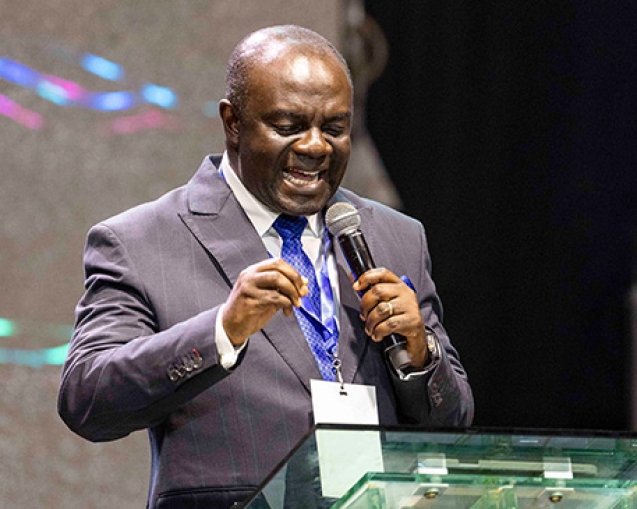“Do not conform to the pattern of this world, but be transformed by the renewing of your mind. Then you will be able to test and approve what God’s will is—his good, pleasing, and perfect will.”- Romans 12:2
WHY IS CHANGE SO DIFFICULT?
In every ten people I have spoken to on the topic of change, nine out of them were not entirely happy with the experience of changing what they knew as a norm, a way of life. The Cambridge Dictionary helps me put ‘change’ in simple terms as a situation where someone stops doing one thing and starts doing another. Change is experienced on a large spectrum, from individual experiences like new jobs, organisational transitions (a new course of action), and religious changes (change of faith).
Particularly in working environments, organisational heads need to make constant changes to the organisational structure, policy, and even the practised culture. Herein lies the challenge: management rarely considers stakeholders’ level of understanding of the change being conducted. Some members assume primary stakeholders like staff will “get used to it” when the change is initiated. That rarely brings about the desired results, as there may be rebuttal or rejection of the required change. So, the question that begs an answer is: how can we manage change to get the desired outcome? How can we help people adapt to it successfully?
God is the master Change Manager, and according to His word in Proverbs 19:2a, “Desire without knowledge is not good—and whoever makes haste with his feet misses his way.”
Change management is the practice of applying a structured approach to help people prepare for and commit to change. As subordinates and even leaders go through change, it is imperative to manage change in a way that helps us to show how we care for and support people through a transition into the envisioned future state.
Chartered Management Consultant Dr. Ike Tandoh agrees with me that the A.G.A.P.E Change Model is the best approach to easing people through the change journey. The five phases of the model: Appreciate, Grow, Advocate, Perform, and Embody, help put a successful change adoption in focus. Hence the holistic approach: the heart, the mind, and the hands.
THE HEART
The twenty-sixth American president, Theodore Roosevelt, once said, “People do not care how much you know until they know how much you care.” Empathise with your stakeholders, and let them know you care about them. Do well to understand their challenges and shortcomings so you can effectively help make the change easier. Oftentimes, rejection of change may come with underlying factors that influence the individual’s decision.
THE MIND
Inform and educate your stakeholders on the change. A change implemented without a defined vision is bound to fail. A change communication strategy can be tailored for each stakeholder so they can own the change in their own way. Retreats, seminars, staff durbars, and other events have proven to be effective courses of action for change communication.
THE HANDS
Action ploughs the path to success, thus aiding stakeholders to gather the needed arsenal for the needed change. Provide tools and skills to help individuals not only survive the mental change but also the physical change. If the change involves taking a new course of action in the company, train the existing staff with the requisite skills needed to meet the organisation’s set goals.
It is worthy of note that because change is a difficult thing to do, one thing to remember is to always celebrate the small wins! It helps motivate more actions and dedication to change.
Change management is important in easing the change process because it helps individuals go through the change process with purpose and understanding, equipping them to contribute to a better chance of success. When individuals are aware, they tend to build trust; thus, concerns about the process are addressed, and required feedback is given about the change. To your benefit, stakeholders even advocate for the proposed change, which ensures commitment to decisions made in the process. It is power-packed!
Remember, just as Luke exclaimed with faith in Chapter 1 verse 37 in the face of adversities, know that “with God nothing shall be impossible.” Let’s make change easier to do!
Written by Grace Buckman (News Anchor, Pent TV)


















